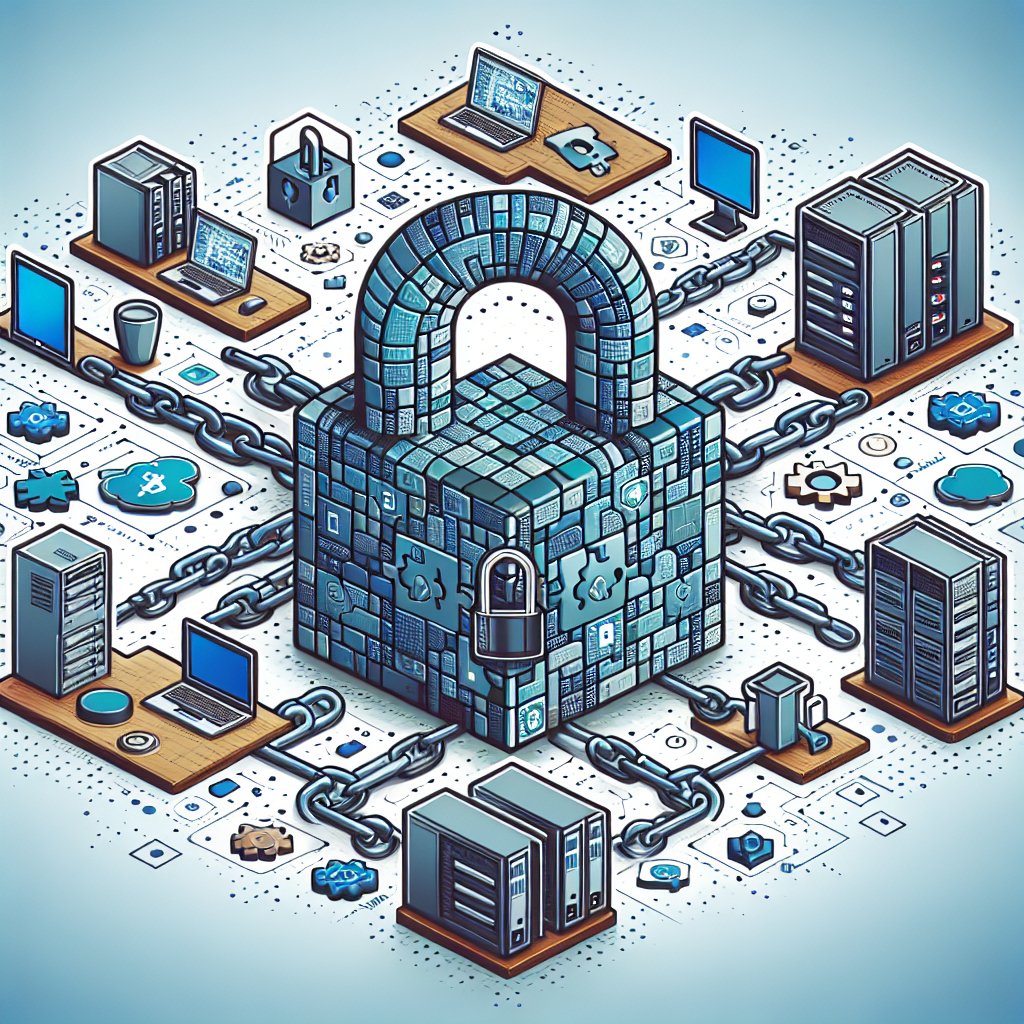Training employees on security best practices is essential for any organization aiming to protect its assets, data, and reputation. In an era where cyber threats are increasingly sophisticated, equipping staff with the knowledge and skills to recognize and respond to potential security risks is not just beneficial; it is imperative. This article will explore effective strategies for training employees on security best practices, focusing on the importance of a comprehensive training program and the role of ongoing education in maintaining a secure workplace.
Understanding the Importance of Security Training
Security training is not merely a checkbox on a compliance list; it is a critical component of an organization’s overall security posture. Employees are often the first line of defense against cyber threats, and their actions can significantly impact the security of the entire organization. Here are several reasons why security training is vital:
- Awareness of Threats: Employees must be aware of the various types of threats that exist, including phishing attacks, malware, and social engineering tactics. Understanding these threats helps them recognize suspicious activities and take appropriate action.
- Compliance Requirements: Many industries are subject to regulations that mandate security training. Failing to comply can result in hefty fines and damage to the organization’s reputation.
- Reducing Human Error: A significant percentage of security breaches are caused by human error. Training can help minimize these mistakes by educating employees on best practices and proper protocols.
- Building a Security Culture: Regular training fosters a culture of security within the organization, encouraging employees to prioritize security in their daily tasks and decision-making processes.
Developing an Effective Security Training Program
Creating a robust security training program involves several key steps. Organizations must tailor their training to meet the specific needs of their workforce while ensuring that it is engaging and informative. Here are some essential components to consider:
1. Assessing Training Needs
Before developing a training program, it is crucial to assess the current level of security awareness among employees. This can be achieved through surveys, interviews, or assessments that gauge their understanding of security practices. Identifying gaps in knowledge will help tailor the training content to address specific weaknesses.
2. Creating Relevant Content
The training content should be relevant to the employees’ roles and responsibilities. For instance, IT staff may require more in-depth training on technical security measures, while non-technical staff may benefit from training focused on recognizing phishing attempts and securing sensitive information. Incorporating real-life scenarios and case studies can make the training more relatable and impactful.
3. Utilizing Various Training Methods
Different employees have different learning styles, so it is essential to use a variety of training methods to cater to these preferences. Some effective methods include:
- Interactive Workshops: Hands-on workshops allow employees to engage with the material actively and practice their skills in a controlled environment.
- Online Courses: E-learning platforms can provide flexibility for employees to complete training at their own pace, making it easier to fit into their schedules.
- Simulations: Conducting simulated phishing attacks or security breaches can help employees practice their responses in real-time, reinforcing their learning.
- Regular Updates: Security threats are constantly evolving, so it is essential to provide ongoing training and updates to keep employees informed about the latest trends and best practices.
4. Measuring Effectiveness
To ensure that the training program is effective, organizations should implement methods to measure its impact. This can include pre- and post-training assessments to evaluate knowledge retention, as well as tracking incident reports to see if there is a decrease in security breaches following training. Gathering feedback from employees can also provide insights into the training’s effectiveness and areas for improvement.
Fostering a Culture of Continuous Learning
Security training should not be a one-time event but rather an ongoing process. Fostering a culture of continuous learning is essential for maintaining a high level of security awareness among employees. Here are some strategies to promote ongoing education:
1. Regular Refresher Courses
Implementing regular refresher courses can help reinforce key concepts and keep security top of mind for employees. These courses can be shorter and more focused, addressing specific topics or recent developments in the security landscape.
2. Encouraging Open Communication
Creating an environment where employees feel comfortable discussing security concerns and reporting suspicious activities is crucial. Encouraging open communication can lead to quicker identification of potential threats and foster a sense of shared responsibility for security.
3. Recognizing and Rewarding Good Practices
Recognizing employees who demonstrate good security practices can motivate others to follow suit. Implementing a reward system for employees who report phishing attempts or complete training modules can reinforce positive behavior and create a more security-conscious workplace.
4. Staying Informed on Industry Trends
Organizations should stay informed about the latest trends and developments in cybersecurity. This can involve subscribing to industry newsletters, attending conferences, or participating in webinars. Keeping abreast of new threats and best practices will enable organizations to update their training programs accordingly.
Conclusion
Training employees on security best practices is a critical investment for any organization. By developing a comprehensive training program that addresses the specific needs of the workforce and fostering a culture of continuous learning, organizations can significantly enhance their security posture. As cyber threats continue to evolve, the importance of equipping employees with the knowledge and skills to protect sensitive information cannot be overstated. Ultimately, a well-trained workforce is one of the most effective defenses against security breaches, ensuring the organization remains resilient in the face of ever-changing threats.



